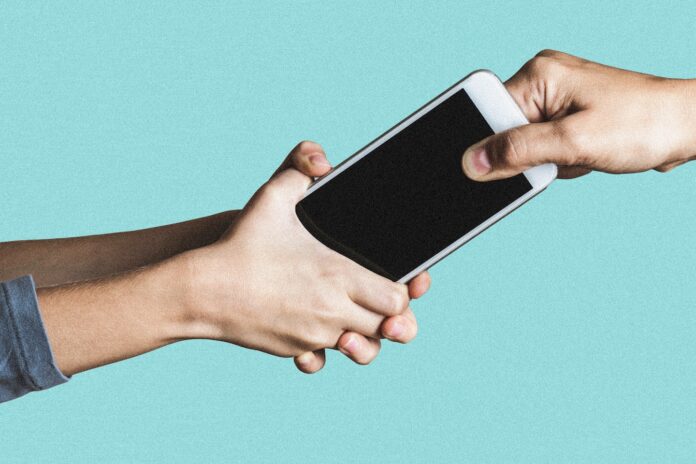The disconnect is just one of the many complicated issues parents and teens are navigating when it comes to phones. By the time children enter their teen years, they often have their own devices and even social media accounts. According to Pew, 95 percent of teens have access to a smartphone.
“These aren’t just teen issues, these are family issues and parent issues,” said Monica Anderson, the report’s lead author and managing director of internet and technology research at the Pew Research Center.
Lawmakers and experts have been raising alarms over the safety of children online, specifically on social media. In February, the Senate held a four-hour hearing to ask tech CEOs about child sexual abuse material (also known as CSAM), bullying, drugs, lethal viral trends and mental health issues. While there are many proposed pieces of legislation aimed at protecting children online, none are close to passage.
For the most part, parents are the ones helping children safely and wisely use their devices — technology that’s vastly different from what they dealt with growing up — while wrestling with their own tech use. Almost half of parents said they spend too much time on their phones, while 38 percent of teens said they’re on their phones too much.
About half of parents said they look through their kids’ smartphones, though the study didn’t specify whether they were manually monitoring their devices or using parental control tools. They’re more likely to look through the device of a younger child, 13 to 14 years old, than an older teenager, according to Pew. For their part, kids reported being equally aware of how much parents were looking.
How much time kids spend on phones is a main point of contention. Just under 4 in 10, 38 percent of teens and parents reported arguing over their amount of screen time. The majority of parents said keeping tabs on hours spent looking at screens is a priority for them, and around half are actively restricting their teens’ screen time. As with monitoring, screen-time enforcement is higher for younger teens and drops as they get older.
Wealthier parents reported more difficulty managing how much time their teenagers spend looking at their phones than parents in other income brackets. Parents with higher incomes were also more likely to say they’re on their own devices too much.
Despite assumptions that they want unlimited screen time, many teens are aware of the negative impact phones can have on their lives.
Most teenagers — around three-quarters — said being away from their smartphone led to more positive emotions, like feeling “happy” and “peaceful.” That separation from a key part of their social life can also cause anxiety, 44 percent of teens said.
The poll found a gender split among teenagers and their smartphones. Girls are more likely than boys to use a variety of social media apps. They are also more likely than boys to acknowledge they spend too much time on their phones, to express loneliness when they don’t have their devices, and to say they’ve taken steps to cut back on smartphone and social media use.
Teenagers are not handing over their phones anytime soon.
For the most part, teens still think of the devices as a good thing — 70 percent of teens say smartphones provide more benefits than harms. Most said phones make it easier to pursue hobbies and interests (69 percent), and to be creative (65 percent). Smaller shares credited phones with helping teens do better in school (45 percent), develop healthy relationships (37 percent) and learn social skills (30 percent).



